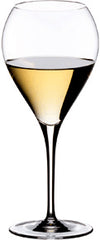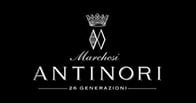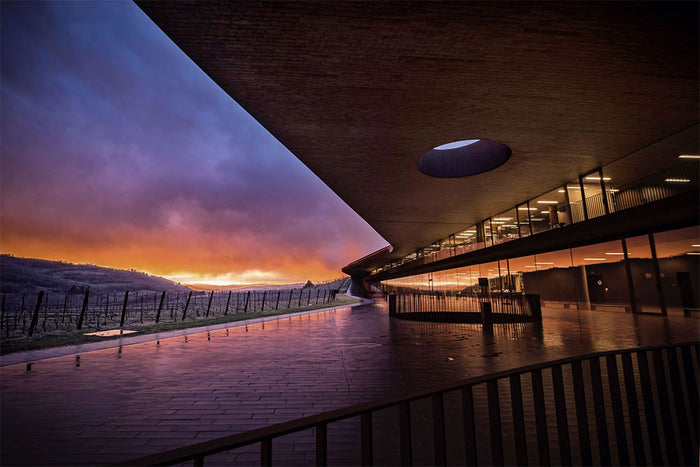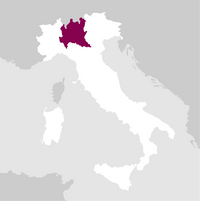Détails

Parfum

Couleur

Goût
Servir à :
10 - 12 °C.
Longévité :
10 - 15 ans

Accords
- Année de création: 1385
- Oenologue: Renzo Cotarella
Mais c'est au XVIe siècle qu'Alessandro Antinori, banquier et négociant, fait connaître le vin de ses domaines en Italie et à l'étranger, voyageant de Lyon aux Flandres, de l'Espagne à Alger.
Le vin est resté la passion et l'activité principale de la famille au point qu'en 1898, la "Fattoria dei Marchesi Lodovico e Piero Antinori" a été fondée par les deux frères Lodovico et Piero, fils du marquis Niccolò - descendant direct de ce Niccolò qui, en 1506, avait acheté le Palazzo Antinori et qui avait déjà beaucoup fait pour faire connaître les vins toscans dans le monde entier et en faire un produit de haute qualité. En 2023, au début du mois de février, Villa Antinori Toscana IGT 2019 a été nommé troisième vin au monde, le seul vin italien, dans le Top 10 Values 2022 du Wine Specator : la liste des 10 vins qui, selon le magazine américain, représentent l'excellence mondiale en termes de rapport qualité-prix. Lire la suite


| Nom | Marchese Antinori Vinsanto del Chianti Classico 0.375L 2020 |
|---|---|
| Type | Blanc passerillé sucré |
| Dénomination | Vin Santo del Chianti Classico DOC |
| Millésime | 2020 |
| Format | 0,375 l |
| Teneur en alcool | 12.0% par volume |
| Cépages | Malvasia, Trebbiano |
| Pays | Italie |
| Région | Toscane |
| Fournisseur | Antinori |
| Histoire | The production of Vinsanto in Tuscany goes all the way back to the Middle Ages and the wine is considered a true regional specialty; the Antinori family has always produced it. The first vintage of the Vinsanto Tenute Marchese Antinori (a “natural” Vinsanto, not a fortified wine with alcohol added) was the 1987. |
| Récolte | Grapes for Vinsanto were harvested exclusively from Antinori estate vineyards in the Chianti Classico region. |
| Vinification | Clusters were carefully selected in the vineyard and placed into small crates; in the cellar they were laid out manually on bamboo mats in the drying room at Tenuta Tignanello. The grapes were left to desiccate until the end of December then were gently pressed to preserve their aromatic and organoleptic qualities. The must was introduced into small casks called caratelli, coopered with different types of wood in sizes varying from 50 to 200 liters where alcoholic fermentation took place. The fermentation process progressed slowly over a lengthy period of time and was then halted. |
| Vieillissement | Vinsanto Marchese Antinori was left to age in the caratelli for about 3 years then blended and bottled. |
| Allergènes | Contient des sulfites |





